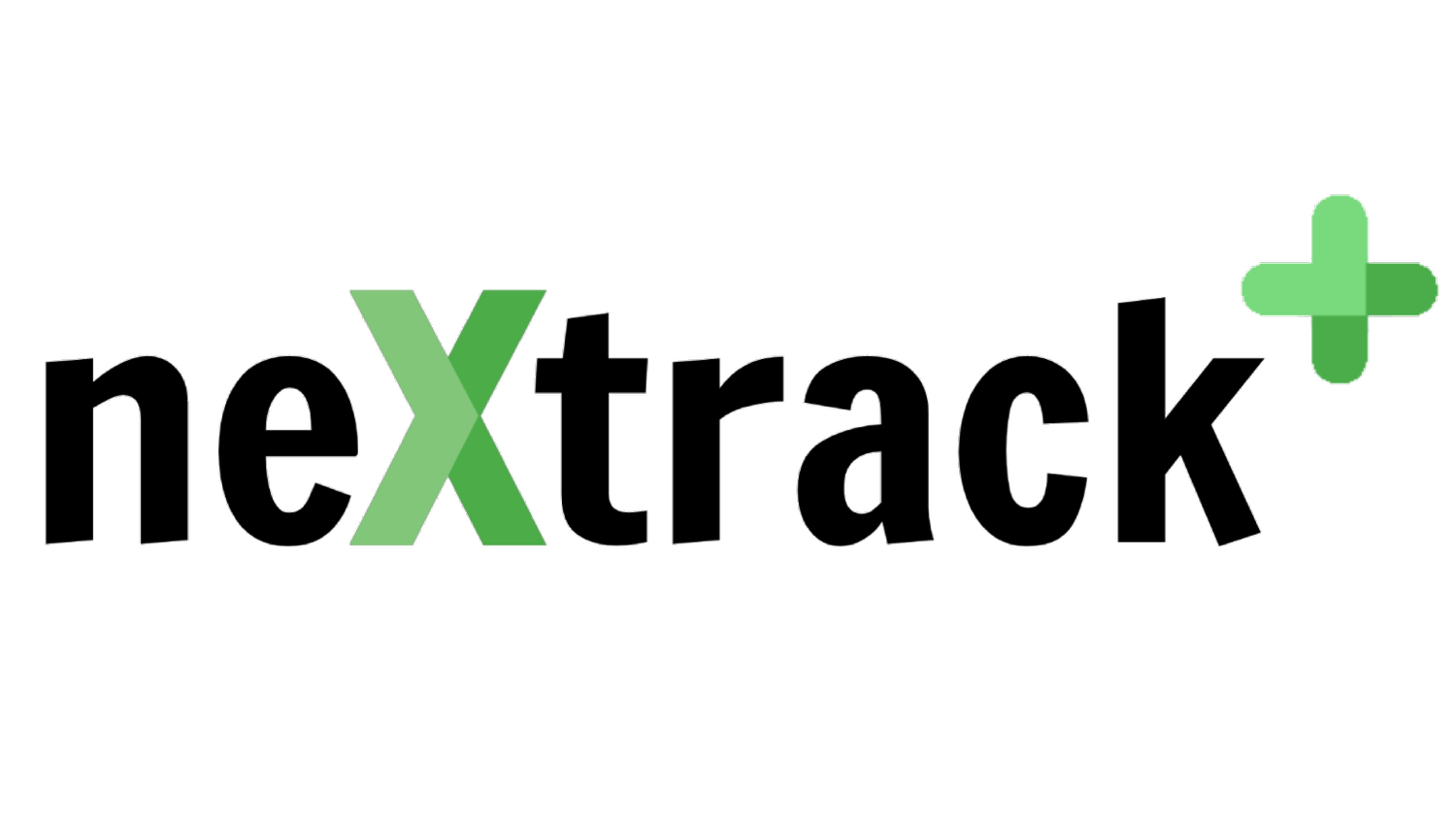It’s all about Controls!
The Silica Code of Practice has been released and many are struggling to interpret exactly what it means. Do I follow the controls table? Is my activity listed? What do I do if it’s not?
These are all really good questions and questions we get daily from our customers.
The controls table was developed by utilising known exposure data from established control measures around the world, such as NIOSH and the HSE Executive. Based on these activities and controls, we pretty much know the range of exposure to individuals within a Similar Exposure Group (SEG). So if I undertake an activity listed in the controls table, the simplest thing to do is then implement the controls detailed to ensure compliance.
However, what if my activity isn’t listed? What then? Well, its all about getting back to basics.
Utilise the hierarchy of control.
So can I eliminate the disturbance of Silica dust? In a majority of cases this is really difficult.
Next step, can I substitute a product for one with a lower proportion of Silica content? Again, this can be achieved but sometimes difficult.
More practically, we can implement engineering controls, such as water suppression or local exhaust ventilation. This can come in the form of vacuum systems on drills or water systems on coring machines. In conjunction with exclusion zones for secondary exposure and RPE use, this is the most common and effective controls for individuals.
When utilising the hierarchy of control method, it is important to ensure that you have statistically valid exposure data or air monitoring records to validate the exposures to individuals are below the workplace exposure standard, but more on this later.
The Code can be found at: Managing respirable crystalline silica dust exposure in construction and manufacturing of construction elements Code of Practice 2022 (worksafe.qld.gov.au)
How neXtrack can help
neXtrack’s fundamental purpose is to mitigate occupational disease in the workplace. Our mission is to make ‘every site a healthy site’.
We achieve this by changing the way workplaces manage health hazards through real time monitoring and engineered controls.

